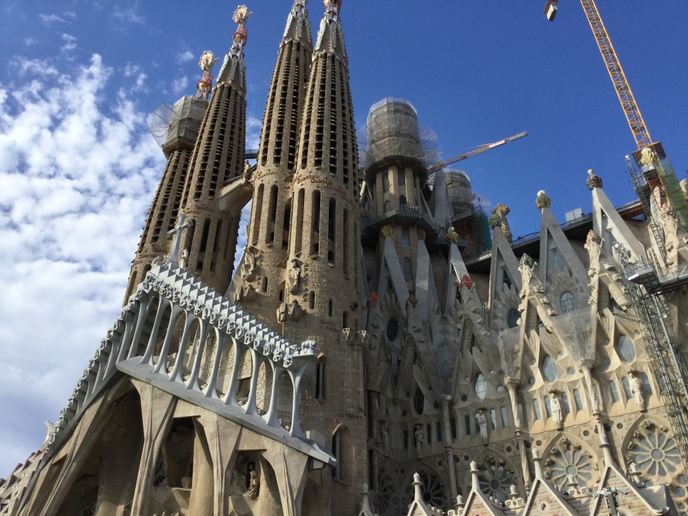Creating 3D models with a smartphone
The world is in the midst of a major transformative moment, with our digital lives moving from the 2D into the 3D. With this shift set to revolutionise how we work, learn, remember and share, society must ensure that 3D technology is readily accessible to everyone. Unfortunately, this is not the case, as current 3D modelling tools are often overly complex and prohibitively expensive. However, this is about to change. Thanks to the EU-funded REPLICATE (cReative-asset harvEsting PipeLine to Inspire Collective-AuThoring and Experimentation) project, anyone can be a 3D creator. Instead of specialist equipment, controlled lighting and expert experience, now all you need to create quality 3D models is a smartphone. “Our goal is to make 3D scanning so ubiquitous that anyone can create a model,” says Paul Chippendale, a senior researcher at the www.fbk.eu (Bruno Kessler Foundation) and REPLICATE project coordinator. “No matter where you go, you can just take out your smartphone, download the REPLICATE app, and walk around the object you wish to virtualise and share.” According to Chippendale, the project team worked hard to make the app feel familiar and super simple to use: “Users just press the record button, choose to either join a collaborative session or work alone, and start moving around the desired object. Once you are happy that you have done a good job, press stop and after just a few minutes a fully textured mesh 3D model is ready for creating augmented/virtual reality games, 3D printing, or sharing on social media.”
An enthusiastic response
As soon as the first prototype was ready, researchers put it into the hands of people from all walks of life – high school students, museum curators, community event organisers, churches and shop owners – and encouraged them to start scanning significant things in their world. The results were encouraging. Children scanned their teddy bears, the elderly scanned their partners, bishops scanned religious artefacts, and goldsmiths scanned items to turn into bespoke jewellery. “I think the most important result of the project was seeing how everyone can personally benefit from the creative freedom that 3D scanning offers,” says Chippendale. A high-school class on local architecture even had students use the REPLICATE app to go out and scan historic buildings and statues and, back in the classroom, bring them to ‘life’ using augmented reality. “Rather than simply read about architecture and history from a ‘2D’ book, our 3D models really help students forge tangible connections to their local cultural heritage,” adds Chippendale. Another user test involved religious leaders from a variety of faiths, who used REPLICATE to create 3D models of important religious artefacts. These models were then incorporated into their everyday teachings about religion and cultural tolerance. “One of the aspects that I’m most proud of is our exploration of REPLICATE as a means of facilitating social integration and awareness through the virtualisation and sharing of 3D digital copies of religious artefacts between different faith communities,” explains Chippendale.
Work continues
Project researchers continue to pursue new applications and uses for REPLICATE. However, before the platform becomes fully commercialised, further target-domain testing is required. “This will ensure that we create an easily deployable and robust 3D reconstruction pipeline that even users with no knowledge of the technology can use without assistance,” adds Chippendale.
Keywords
REPLICATE, augmented reality, 3D scanning, smartphone, 3D technology, 3D printing







